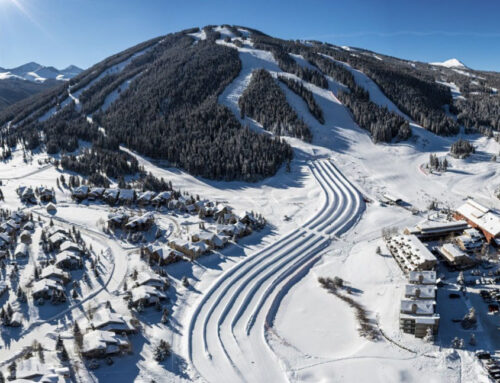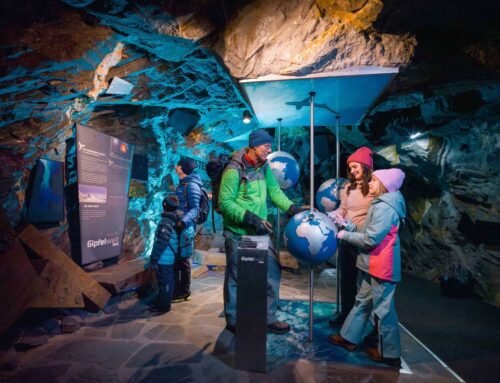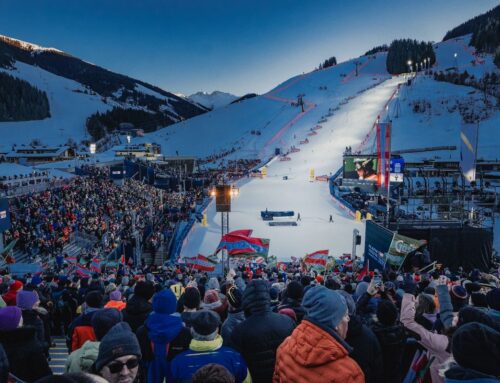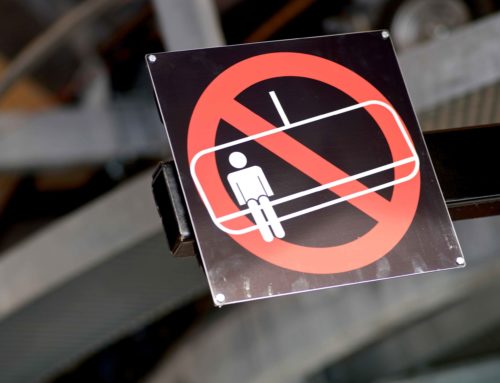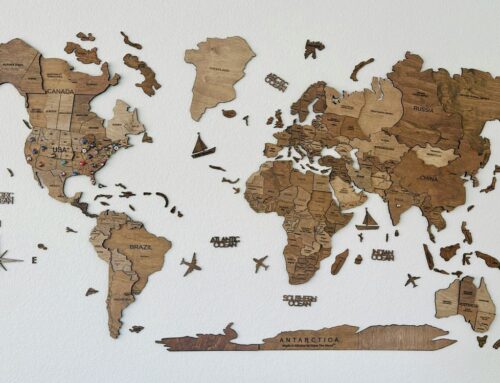Management & Tourism
Ski market collapses by a third
February 2022 marks the start of one of the most important months for Austria’s winter sports trade – the semester break begins and the world is eagerly looking forward to the Winter Olympics in Beijing.
However, a look at the ski sales figures for 2020/21 clearly shows: open borders and open ski resorts in the coming weeks are crucial for both trade and industry.
Overview
- Worldwide, about 2.6 million pairs of skis were sold in the 2020/21 season (-32 percent)
- Austria remains in second place with a share of 11 percent of the total global market (441 pairs of skis sold, -34 percent)
- Ski set and ski boot sales amount to about 206 million euros (-32 per cent)
- A flash survey by the VSSÖ among experts in the ski industry points to a decline of around 50 per cent in the alpine ski sector for the 2021/22 season.
- On the other hand, there is a boom in the ski touring and cross-country skiing sector.
- Industry is optimistic about the 2022/23 season and hopes to reach pre-crisis levels – but this requires freedom of travel and tourists in the coming months
Sales figures slumped by around a third
Due to the Corona pandemic, the ski sales market collapsed worldwide in the 2020/21 season: About 2.6 million pairs of skis were sold. That is almost 32 percent less than in the previous year.
The Austrian sales market has not been spared. While Austrian sales have remained stable in recent years compared to other countries, or even increased recently, with 292,441 pairs of skis sold, a drop of around 34 percent was also recorded in this country.
Parallel to this, corona-related turnover is also decreasing: ski set and ski boot sales in Austria in 2020/21 amounted to around EUR 206 million (205,913,068) (-32 per cent).
Absence of international winter guests causes a domino effect
The absence of international winter guests in tourist regions weighed heavily on the winter sports trade in the 2020/21 season and led to sales losses of up to 95 per cent. As a consequence, retail warehouses remained well stocked. For the ski industry, this meant a negative domino effect: full warehouses mean fewer new orders from retailers to the industry.
Gernot Kellermayr, President of the Austrian Association of Sporting Goods Manufacturers and Suppliers (VSSÖ): “With a share of 11 per cent of the total market, Austria remains the second largest sales market worldwide even in uncertain times. However, in order to maintain Austria’s global image as a skiing destination and destination, tourism is needed.”
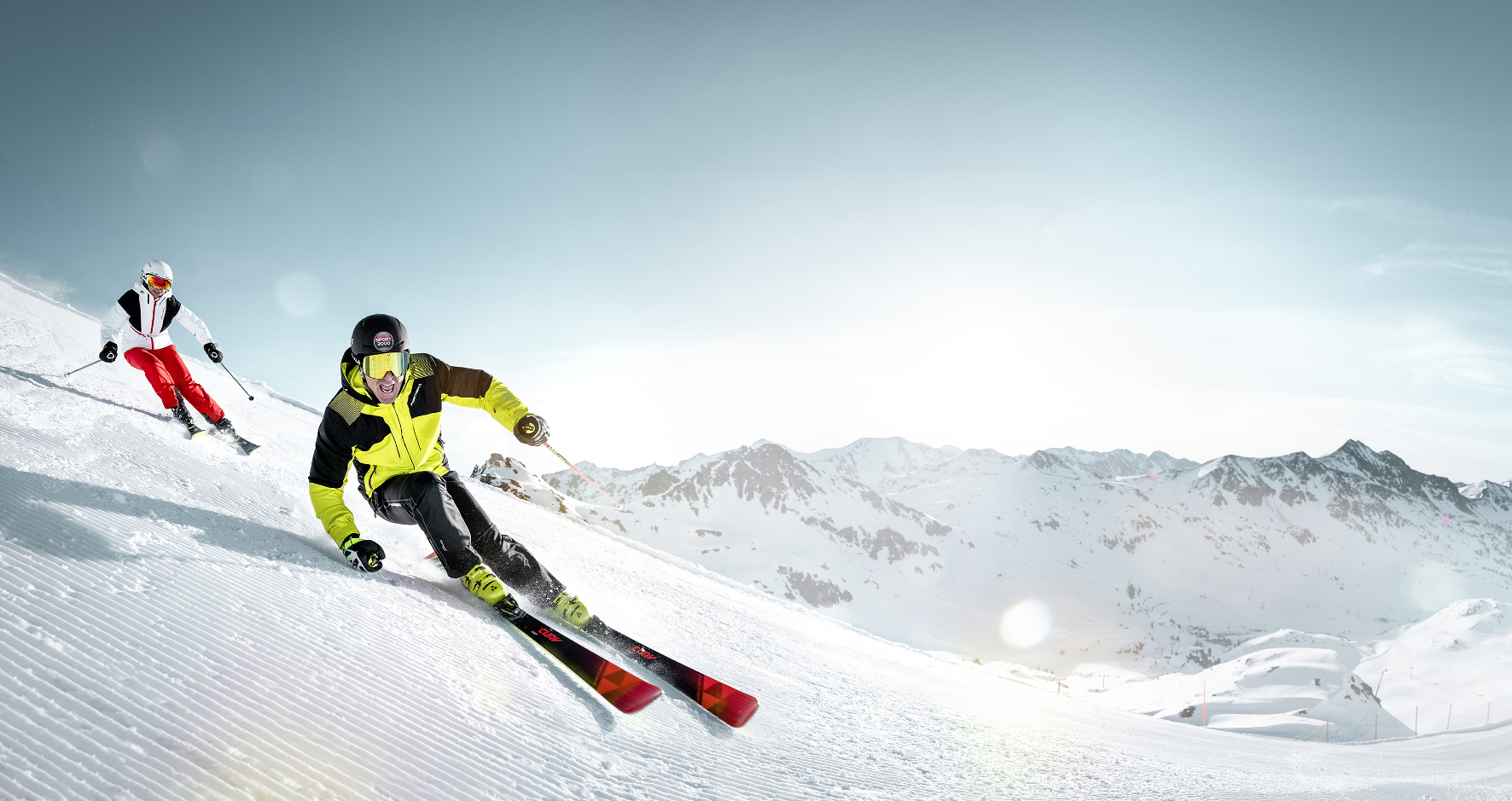
Boom in ski touring and cross-country skiing
A survey conducted by the VSSÖ among experts in the ski industry shows an initial mood picture for the 2021/22 ski season: the situation remains tense due to regional lockdowns and restricted freedom of travel, the survey shows.
In addition, sales in the alpine ski sector have slumped by about half. Nevertheless, there are encouraging increases in the ski touring and cross-country skiing sectors. The interest of the population in being outdoors in winter is developing into a sustainable trend.
Experts expect further growth for these markets in the coming season.
Trend towards ski touring
In the 2021/22 winter season, about 68,000 bindings, about 83,000 boots, about 77,000 pairs of skis and about 96,000 skins were sold in the touring sector. For the industry, this not only opens up a new, broader target group, but also the opportunity to expand innovation in skiing, confirms the VSSÖ survey.
High demand versus supply bottlenecks
The cross-country skiing sector is also booming: in the 2020/21 season, 27,711 pairs of cross-country skis, 29,160 cross-country bindings and 29,471 cross-country boots were sold in Austria.
Experts in the ski industry agree: the potential is great and the market is exciting for the industry. At the moment, however, as in other industries, there are longer waiting times.
The corona-related supply bottlenecks are currently the biggest challenge in the segment, because about 80 per cent of cross-country ski boots come from the Far East.
Industry hopes for pre-crisis level
“February is one of the most important months for the winter sports trade,” says Michael Nendwich, spokesman for the sporting goods trade at the Austrian Federal Economic Chamber.
“Open ski resorts, open borders and fast and unbureaucratic disbursement of economic aid will decide the business existence of many family-run companies in tourist locations in the coming weeks.”
The fact is: the industry is just as dependent on open borders as the tourist sporting goods trade. The survey shows that there are already some pre-orders for the 22/23 season. This is encouraging and gives hope that a pre-crisis level can be reached again in the coming season.

